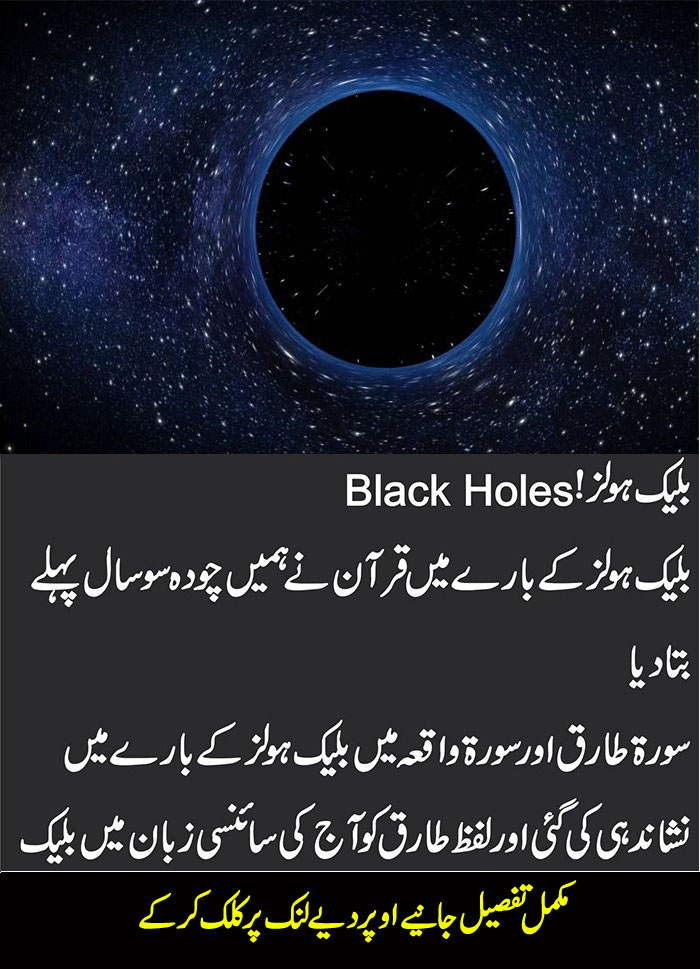London: The last week 0f April 2019 was a momentous one for science. More than a century after it was first theoretically articulated, a team of more than 200 scientists from around the world finally produced the first real visual evidence for a black hole – a cosmic body that up till now had only been seen in science fiction blockbusters like Interstellar.
Paul McNamara, an astrophysicist at the European Space Agency and project scientist for the LISA mission that will track massive black hole mergers from space, helped AFP put what he called an “outstanding technical achievement” into context.
What is a Black Hole in Urdu
Black-Hole

Dermatologist Advice about Mole Removal
skin-care-routine
Anti Aging and Anti Wrinkles Treatment
The image, produced by the Event Horizon Telescope (EHT) project, shows the shadow of a supermassive black hole at the center of the Messier 87 galaxy, roughly 53 million light-years away from us here on Earth. The shadow is surrounded by an asymmetric emission ring, visible as a yellow-orange glow in the image, believed to be the black hole’s event horizon – a region in spacetime that would, in layman’s terms, be the ‘point of no return’ should something venture close enough to the cosmic entity.
But what does all of this mean for the casual observer? Like the black hole’s proposed name Pōwehi – which means ‘embellished dark source of unending creation’ in the Hawaiian language – for someone who is not a student of astrophysics, the significance of the development remains shrouded in darkness.
“Basically, the observational results obtained by the EHT or the image of the black hole, if you will, has proved Albert Einstein’s theory of relativity,” said Dr. Shahid Qureshi, the former director of the Karachi University Institute of Space and Planetary Astrophysics (ISPA).
“The ideas pertaining to black holes presented by Einstein are concordant with the EHT’s observational results. This means that while there may be additions and modifications to Einstein’s theory of relativity, it is unlikely that any of his ideas will be excised from the framework,” he told The Express Tribune.
How do we know black holes exist?
“We think, of course, of a black hole as something very dark. But the mass it sucks in forms a so-called accretion disk that gets so hot it glows and emits light. Over the years, we accumulated other indirect observational evidence – X-rays coming off objects, for example, in other galaxies.
In September 2015, the LIGO gravitational wave detectors in the US made a measurement of two black holes smashing together. All the evidence we have from around the universe – X-rays, radio waves, light – points to these very compact objects, and the gravitational waves confirmed that they really are black holes, even if we have never actually seen one.”
According to Dr. Qureshi, while the development may not result in any tangible technological advancement that impacts people’s day-to-day lives, it would increase our understanding of the universe exponentially. “New theoretical and research models will be established based on the empirical model that scientists will now put forward based on the EHT results,” he said.
Current ISPA Director Dr. Javed Iqbal agreed; “The visual evidence of a black hole published recently has the potential to shift astrophysics research from the theoretical realm to the empirical realm,” he said. “Research conducted under this empirical framework may then prompt changes in astrophysics theories and models currently agreed upon,” he added
